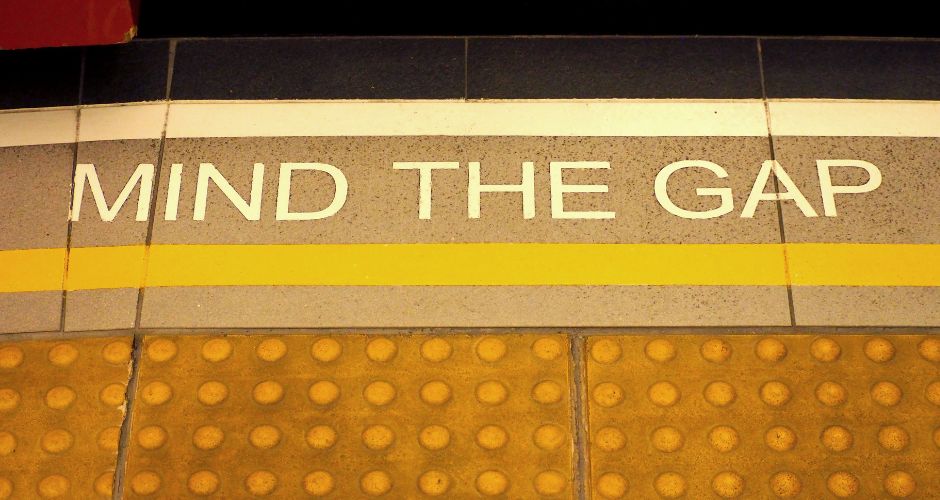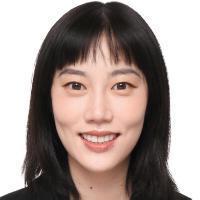New PhD bridges gap for future teachers between university and high school math
There is a need for a better link between the theoretics of university mathematics and the practical mathematics teaching of secondary school if teachers are not to lose the broader perspective.

Math-loving high school students may have difficulty recognizing their favorite subject when they enter the university's lecture halls. And when they as math graduates go back to high school and teach, they find it hard to discern any connection between the university mathematics and the traditional elementary mathematics they are expected to teach.
"Many mathematics teachers in high school struggle to relate the theoretical knowledge they have gained at university to the practical mathematics teaching in high school," said Rongrong Huo, who recently defended her PhD at the Department of Science Education.

Here, the purpose was to build a better bridge between the mathematics that future high school teachers work with at university and the one they themselves will teach when they graduate.
"Most math students who end up becoming math teachers find that the advanced mathematics they studied in university is not useful when it comes to teaching. They tend to stick to the same teaching methods they learned back in high school,” said Rongrong Huo.
"This creates a gap where math students think they don't need the theoretical knowledge because they don't have to teach it. But you need the underlying theory if you're going to explain the math that lies beneath the practical tasks. And as a teacher, it is important to be able to link separate concepts from a broader perspective."
One such example is the field of real numbers. At university real numbers are used as a set to explore deeper mathematics. In high school, however, they often appear in calculations and to solve function problems.
“For teachers it might seem like they only need to know how to calculate real numbers rather than how to understand them,” said Rongrong Hou.
Forgetting your tricks
The challenge of moving from the high-level mathematics at university to classroom teaching in high schools has been dubbed Klein's second discontinuity after the mathematician Felix Klein.
Rongrong Huo experienced the problem firsthand when she wanted to teach high school after finishing her math degree in China.
"I tried to solve some exam papers from high school after I graduated, and it was extremely difficult, because I had forgotten many of the tricks you use to solve tasks," said Rongrong Huo.
"I had a lot of knowledge about math, but I was no longer as good as a high school math student. My university mathematics knowledge didn't seem to have any compensatory effect."
Rongrong Huo realized however, that many tasks in high school mathematics could be easily solved with the computer software she had used at university.
Explain and understand math software
In Denmark specifically, digital tools are widely used in upper secondary schools' mathematics teaching. Therefore, Rongrong Huo chose to utilize the software to build a bridge between the high school and the university for the future mathematics teachers.
Rongrong Huo designed assignments for math students, that combine tasks concerning real numbers they will teach as high school teachers with university-level coding tasks, that illustrate what goes on when the software solves math problems.
Most math students who end up becoming math teachers find that the advanced mathematics they studied in university is not useful when it comes to teaching.
"In school, you might calculate the square root of two plus the square root of three. You wouldn't figure that out by hand, so you're using a computer. But you don't think about how the computer calculates it," said Rongrong Huo.
“In these assignments, students must work with code that does the same thing as the math software. And in this way, students see what the software does. And they get the ability to explain it."
Retaining perspective in mathematics
By letting university students tackle high school assignments with the tools they learn at university, students gain deeper experience with the assignments before they have to teach them themselves.
"We expect it to be something that can help them in the future with their teaching and help them get ready to teach," said Rongrong Huo.
If they understand what the software does, they can better explain it if students ask. And when they use the computer, they know how it works, and when it can make mistakes."
On a more general level, bridging the gap also aims to ensure that the larger perspective in mathematics does not disappear in a series of techniques for solving tasks.
"Although teachers' mathematical university knowledge may not be directly applied in high school, it can still have a significant impact on teaching strategies and their implementation," said Rongrong Huo.

